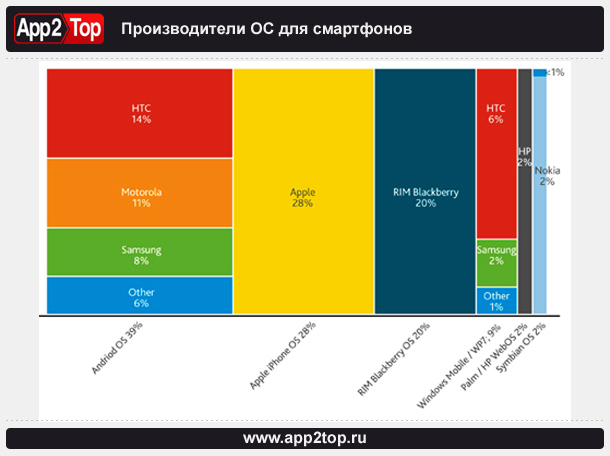Successful Application: 6 steps
Which application is more successful: the one that attracts a wide audience, or the one that is created for a narrow segment? Are you ready to increase ROI by reducing the number of users? Or make the application free at first, knowing that a lot of people will not buy anything, and then, after expanding the user base, paid? In a word, how to create a successful mobile application?
There are many factors to consider.
Step 1. Branded Apps vs. original content
Peter Farago, vice president of marketing at the analytical company Flurry, believes that first you need to accurately determine the purpose and audience of the application.
Will it be an independent project or just part of a brand promotion campaign? Keep in mind that users are less likely to pay for branded apps due to advertising. According to the results of a study by the consulting company Deloitte, 80% of branded applications do not receive even 1000 downloads.
Step 2. Select the appropriate operating system
The Apple App Store has the most apps.
Android has the largest share of the smartphone market. There are fewer apps in the BlackBerry World and Windows Marketplace, and therefore the new app has a better chance of being noticed.
Step 3. Paid apps vs. free
You can either make the application paid and periodically update the content, or free and enter a virtual currency. Paid applications hold the attention of users for a long time, since they have already paid for it. At the same time, if the user liked the content, he will most likely buy new applications from the same developer. Free apps have more downloads, but the user has no reason to come back to them again if he didn’t like them.
In free applications, you also need to constantly add new levels and heroes to warm up the interest of users and stay in the top. However, you need to get there first.
Step 4. Expand your user base wisely
Bob Egan, managing partner of MGI, suggests making a free trial version for paid applications.
When a user receives a free demo version, they can evaluate the application and then buy it. You can also offer only 30% of the content instead of a time limit – however, the conversion rate for applications with a time limit and a full volume of content is much higher. According to Farago, many users are ready to buy an application without a demo only if the developer or publisher is a well-known company like Electronic Arts.
Step 5. Everything brilliant is simple
The user should not be aware of the technical difficulties of the application.
Games like Angry Birds have complex game mechanics, but the controls are extremely simple. Rachel Youens, Mutual Mobile, strongly recommends developers to start testing applications at the earliest stages of development in order to solve problems even before they appear.
Step 6. Use Social Media moderately
Yuens also warns developers against overloading the application with social features.
Social media is an important component, but it is not necessary to integrate a huge number of social services into the application from the very first day: in the future, their successful updates can increase the number of downloads.

